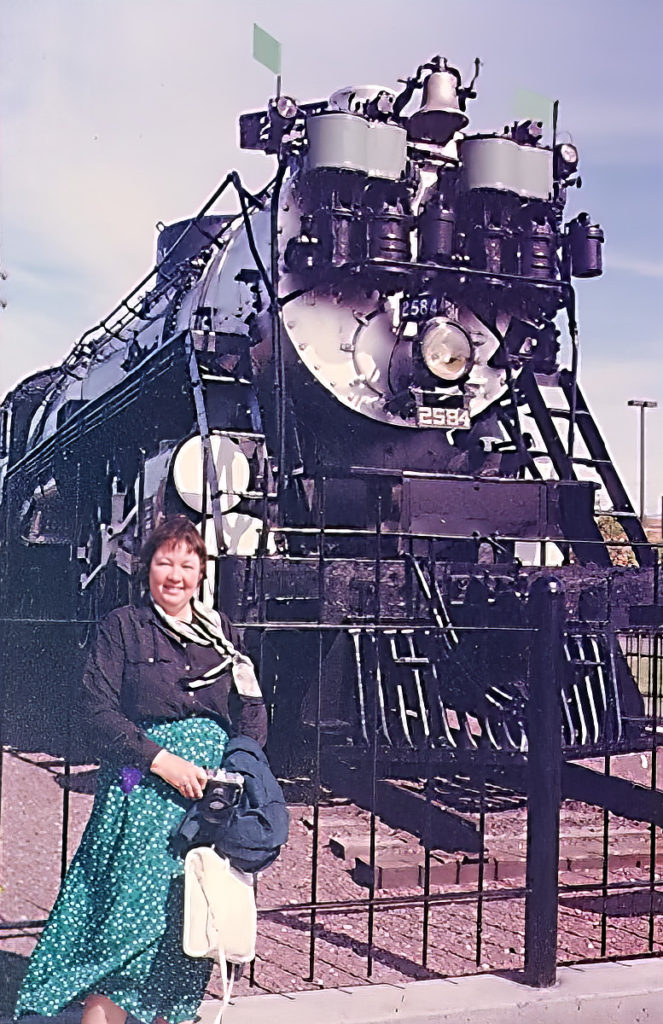Jean Libby on “Kansas Free State Battery, 1856”
Commanding a crude dugout fortification, the daguerreotype of a cannon with a battery of six men records the first battles of the American Civil War known as Bleeding Kansas. This presentation suggests a more specific date than that in the Kansas Historical Society “September 1856,” the probable location as Lawrence, Kansas, and attributed photographer as John Bowles. The donor of the image was the abolitionist Rev. Thomas Wentworth Higginson. The presentation documents identities of the men of the cannon battery as close associates of John Brown, including one of his sons. Subsequent interaction with Brown and service during the Civil War is remarked.
“Old Sacramento,” which some Kansas historians and the author Jean Libby suggest is at the center of the daguerreotype, is a six-pound bronze cannon taken in the Mexican-American War in 1847. In his famous epic march, Col. Alexander Doniphan and the 1st Missouri Volunteers Regiment rolled the artillery over 900 miles to the Mexican Gulf Coast, steamed up the Mississippi to St. Louis, then brought ten cannons to Kansas Territory in 1856. “Old Sacramento” changed possession four times between Proslavery and Free State advocates in the battles of Bleeding Kansas.
The story seemed to end when the cannon exploded in 1896, filled with mud to attempt to raise bodies from the Kansas River. A second large piece was found in an archaeological dig in 2014. The Watkins Community Museum of History in Lawrence, which owns the relics, with the University of Kansas, has examined the artifacts and concluded the composition is “more like a church bell than a cannon” in public presentations held in 2021 and 2022. The manufacture of artillery using the Napoleonic methods of the late 17th and early 18th centuries is an integral part of the history for this presentation.
Jean Libby is a retired history instructor at California Community Colleges in northern California. John Brown publications: “After Harper’s Ferry: California Refuge for John Brown’s Family” in The Californians, January-February 1989; “John Brown’s Maryland Farmhouse” in Americana Magazine, January-February 1983 (with John Frye); author and photographer of Mean To Be Free: John Brown’s Black Nation Campaign, produced by the Radio and Television Station of the University of California, Berkeley, 1986.
“The John Brown Daguerreotypes” was published by The Daguerrean Society in The Daguerreian Annual 2002-2003: 31-50. Jean curated and published John Brown Photo Chronology, catalog of the exhibition at Harpers Ferry 2009 with a Supplement in 2016. The traveling collection has been exhibited by the National Archives and Records Administration at Philadelphia (2010), the Gallery of the Kansas Historical Society in Topeka (2011), and the Watkins Community Museum of History in Lawrence (2012).

